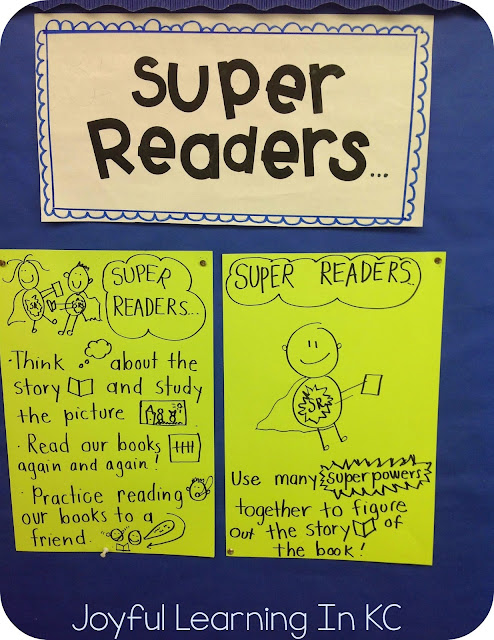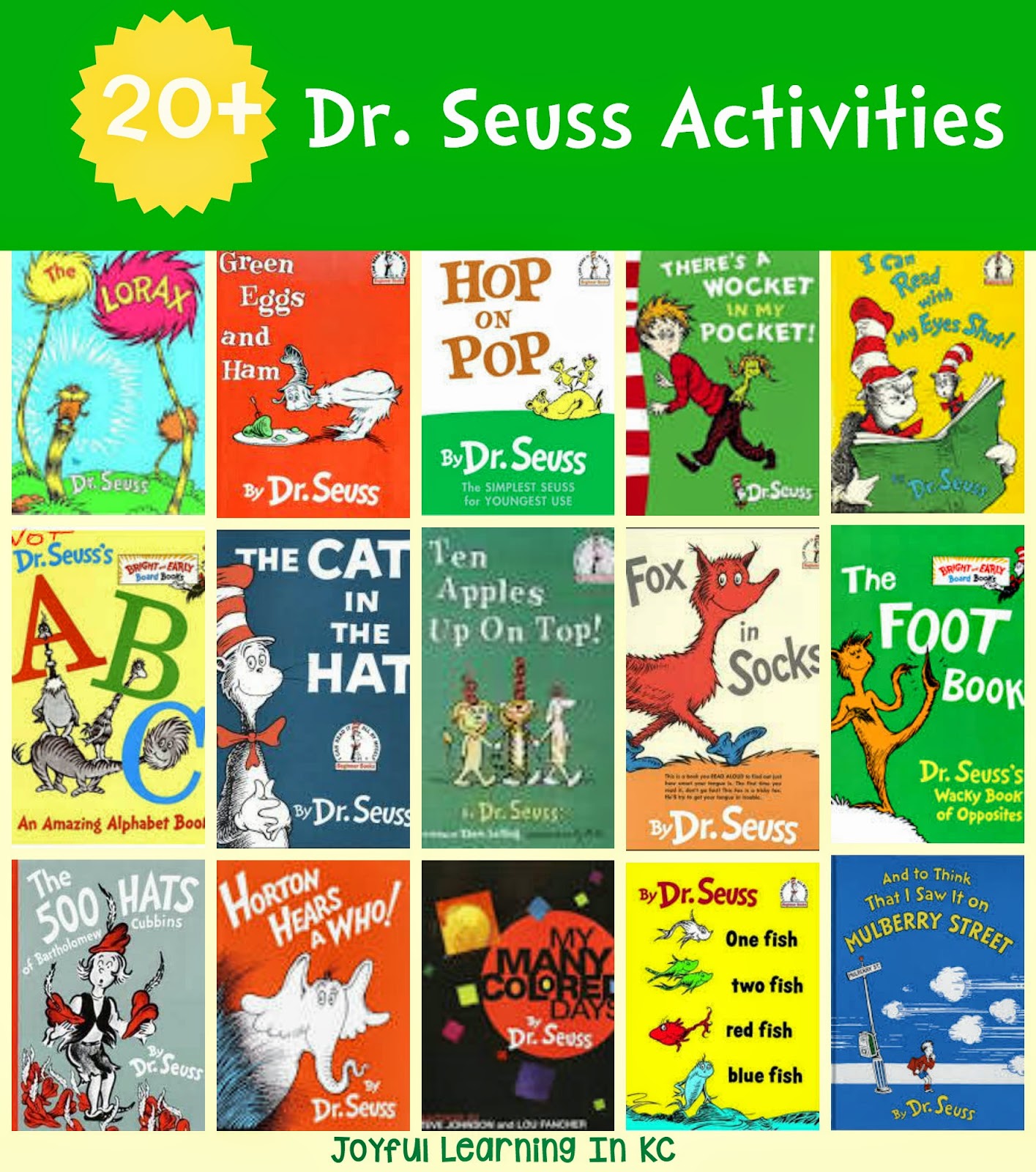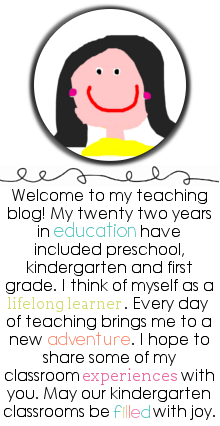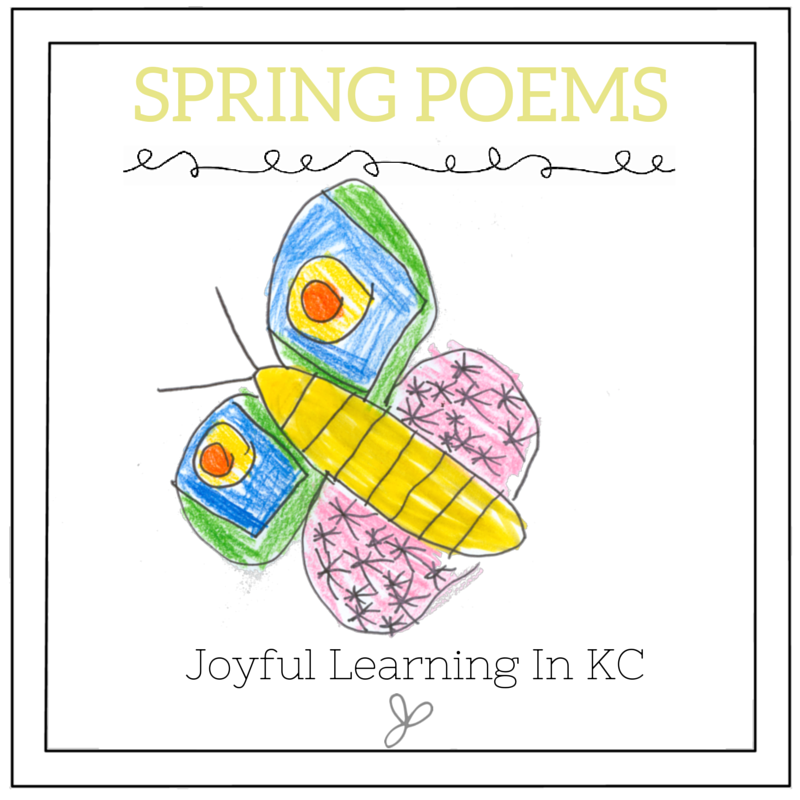Marcia L. Tate offers the reader 20 strategies to use in their classroom. Each strategy is loaded with effective and research-based ideas.
I believe the big message of this book is for kids to be active participants in learning. And yet, worksheets are used all the time to teach students. In my opinion, the best learning that happens in my class doesn't happen in a cute art project, or in a worksheet.
It is the intangible stuff.
When students get older and look back at kindergarten, they don't remember the worksheets they remember situations that made them feel good. They remember relationships with their friends and teacher. They remember feeling safe and being accepted. They remember the special times such as the 100th day of school, the day the squirrel got in the bird feeder or the day they lost a tooth.
My children have been bringing home worksheets for the last two-year.
When those sheets go out of the backpack, they go right in the trash.
If the worksheet is a cutting and pasting one, it goes in the barrel with a BIG groan because I know that sheet took my kid FOREVER to do!
And my favorite thing about the cutting and pasting sheets is that I usually can't figure out what the learning objective is.
What was the teacher trying to teach?
Don’t get me wrong, I know children need experiences cutting, but I think we can find better ways.
This week study group is focusing on the first two strategies in her book:
Brainstorming and Discussions
Drawing and Artwork
Here are some of my Favorite Things I learned
THINKING MAPS
Right away, I can’t help but think that the Circle Map is a tool that any teacher can use in their classroom to brainstorm. When I often begin a brainstorming lesson using a Circle Map I often use one color on the circle for what we think we know. After learning new information, we often return to the Circle Map with a different color marker for what we learned.
PRIOR TO READING
To give students a purpose for reading, have students brainstorm a list of questions to be answered as the unit or story is being read. This was one of my favorite ideas from the book! Look it all the questions we came up with before reading the book Amazing Sharks.
THINK PEER SHARE
I think lots of teachers use the think, pair, and share technique.
Ask a question, allow time for your student to think and pair up with a partner to share and return to the group. Linda Hoyt’s book Revisit Reflect Retell shares an effective lesson called My Partner Said
Before teaching your students, My Partner Said
Try this in your class have students think, pair and when they raise their hands to share, tell them that they have to share what their partner said…you will see lots of hands drop down. I find this to be a great piece of information. How many hands went down because the didn’t listen to their partner
MY PARTNER SAID
After students Think, Pair, Share have them report back to the group by using the stem, “My Partner Said…” Students are encouraged to use their partner’s name during the sharing session. Once students learn that they have to report back what their partner says they do a much better job of listening.
Children often forget to use their partner's name, and I will often jump in and model...My Partner Mary said..
YESTERDAY'S LEARNING
When students come into class, provide some butcher paper for students to record information from yesterday’s learning. I have never done this before, but I plan to.
POST-ITS
Have students design a poster that illustrates the significant details of a concept or unit of study.
After learning new information or having a class discussion, students record their thoughts on a Post-it. I find the Post-it is the perfect amount of space for a child to share their thinking.
STEPS IN MATH
Showing our thinking is a big part of my math program. The author suggests having students draw a series of pictures illustrating their understanding of what is happening in each step of the problem. I love this suggestion.
MATH VOCABULARY/ILLUSTRATING WORDS
Marcia suggests having student make drawings that illustrate vocabulary being taught. I sometimes forget to have students illustrate math vocabulary, this is something I could easily add to my math stations.
 |
| This is a great math pack I bought on TPT by Kim Adsit. |
What strategies have you used in your classroom that connect with brainstorming, discussion, and drawing/artwork?
Check out some other amazing Blog Post
Happy Learning!

.png)
















.png)

























































